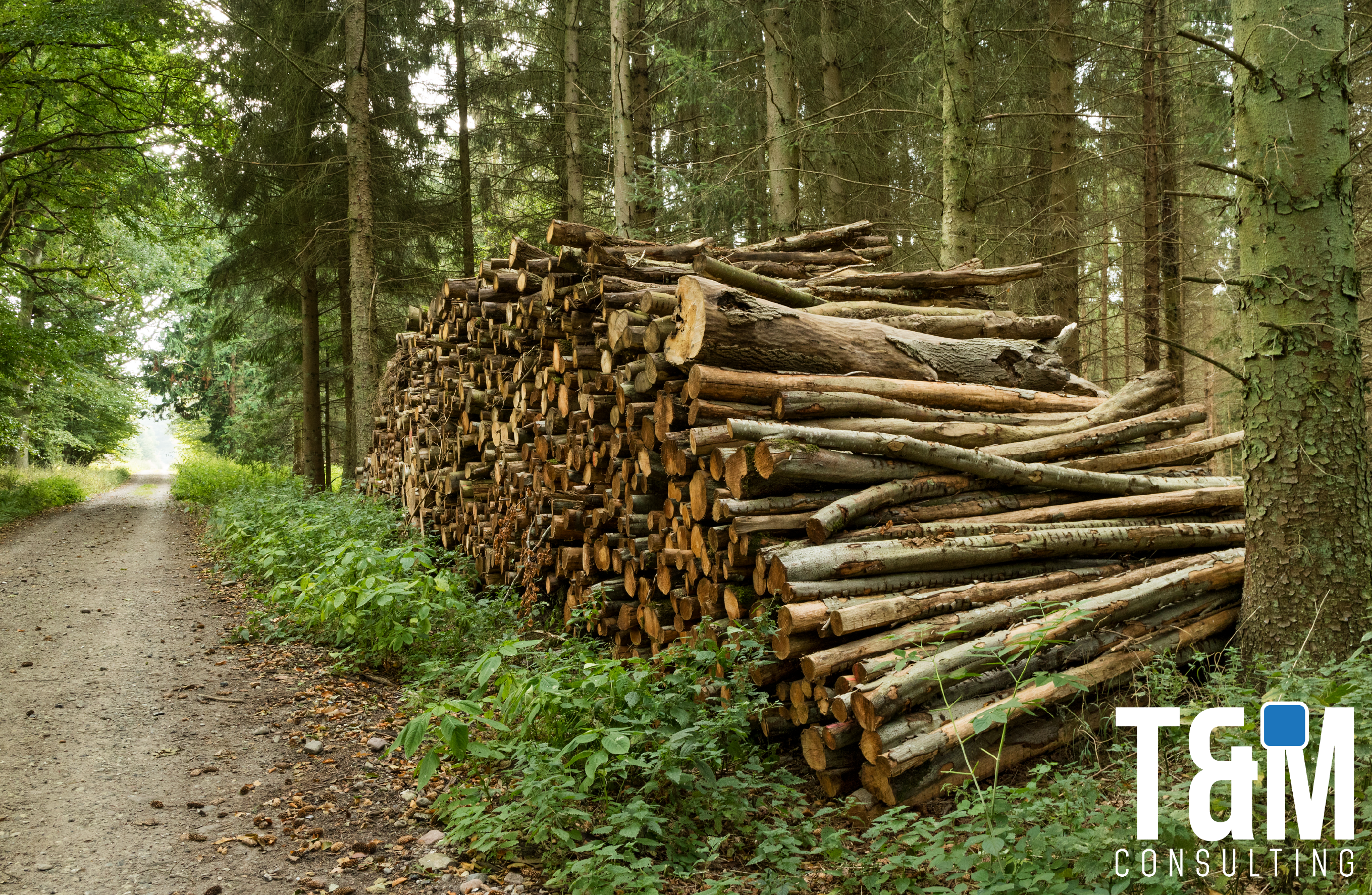Econews
Lab-grown wood for 3D printing

Ashley Beckwith is the lead author of the article, which was published in April of this 2022 in Materials Today magazine, where she talks about a way to grow wood in a lab, the world's first 3D printed wood.
There are several ways to make wood in a lab. One way is synthetic wood, composed of materials that have the same properties as natural wood, but are made from synthetic chemicals rather than from trees.
The other way is through tissue engineering, in which wood cells are grown in a laboratory and then assembled into three-dimensional structures that resemble natural wood.
Both ways aim to create sustainable alternatives to natural wood. Synthetic wood and lab-grown wood can become even stronger and more durable than natural wood, and their use is as wide-ranging as natural wood, furniture making, construction and paper product manufacturing.
Beckwith founded a startup called FORAY Bioscience to further develop new techniques and methods for growing wood without cutting down trees, building on his Ph.D. work in mechanical engineering at MIT.
Just as lab-grown meat has proven its commercial viability, Foray is developing a bioengineering platform for a wide range of plant products, which can be cultivated and grown to order.
They have already created customizable wood in their lab from the cells of a flowering plant known as Zinnia elegans. The technique allowed them to bioprint wood pieces of any shape and size. To achieve this, they first treated the zinnia cells with a liquid medium and then with a gel solution containing hormones and nutrients. By changing the concentration of these hormones, the scientists can control the stiffness, strength, density, and various other physical and mechanical properties of the lab-grown plant matter.
Cultured plant cells are resilient and efficient, can be produced anywhere in the world without affecting natural species, maintaining animal ecosystems, and promoting biodiversity. They can leave intact the oldest and largest trees that sequester the most CO2. In addition, the desired products require less energy to extract.
To learn more about this breakthrough, visit https://www.foraybio.com and https://www.sciencedirect.com/science/article/pii/S1369702122000451?via%3Dihub
31 de Enero, 2023





